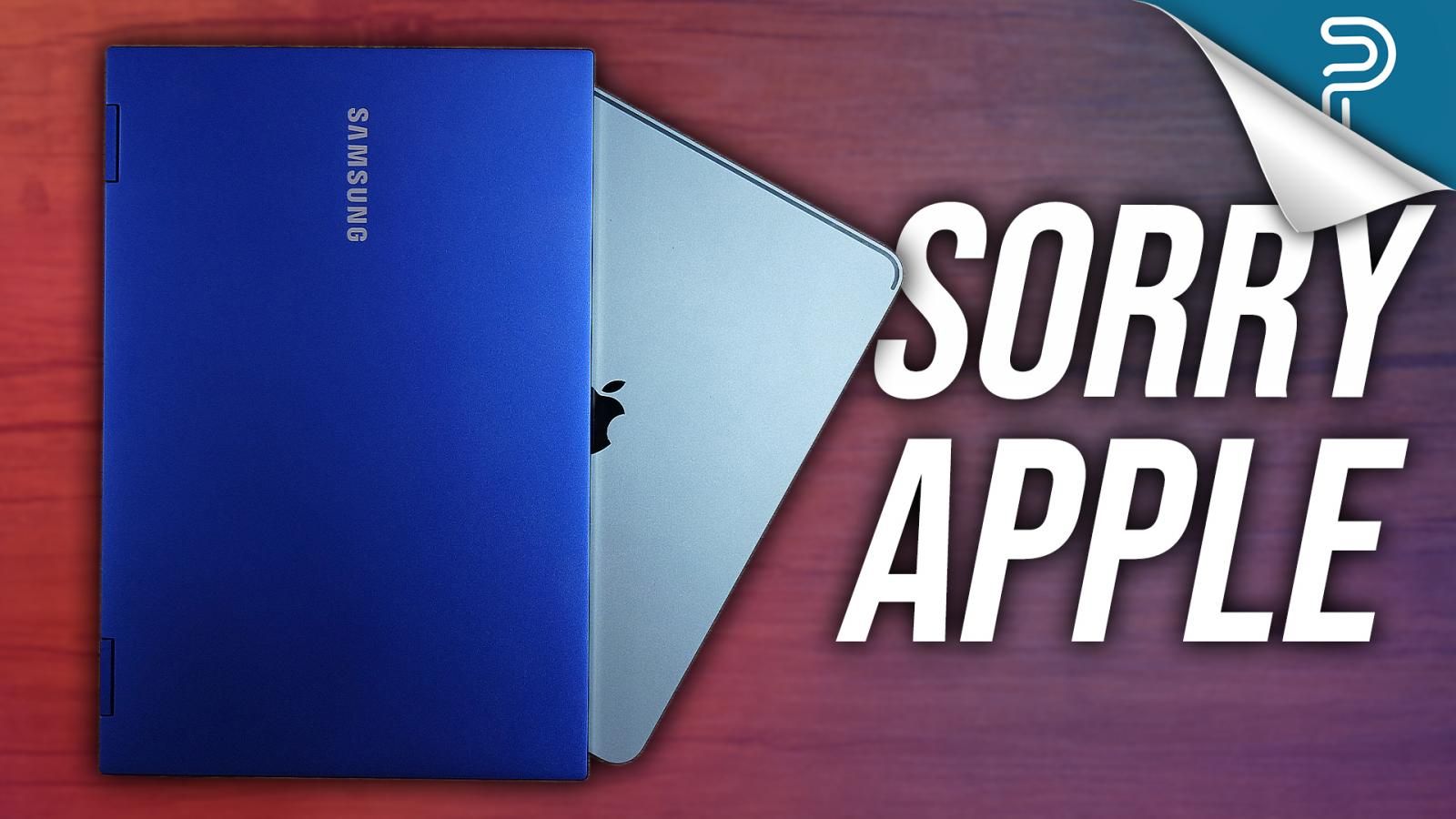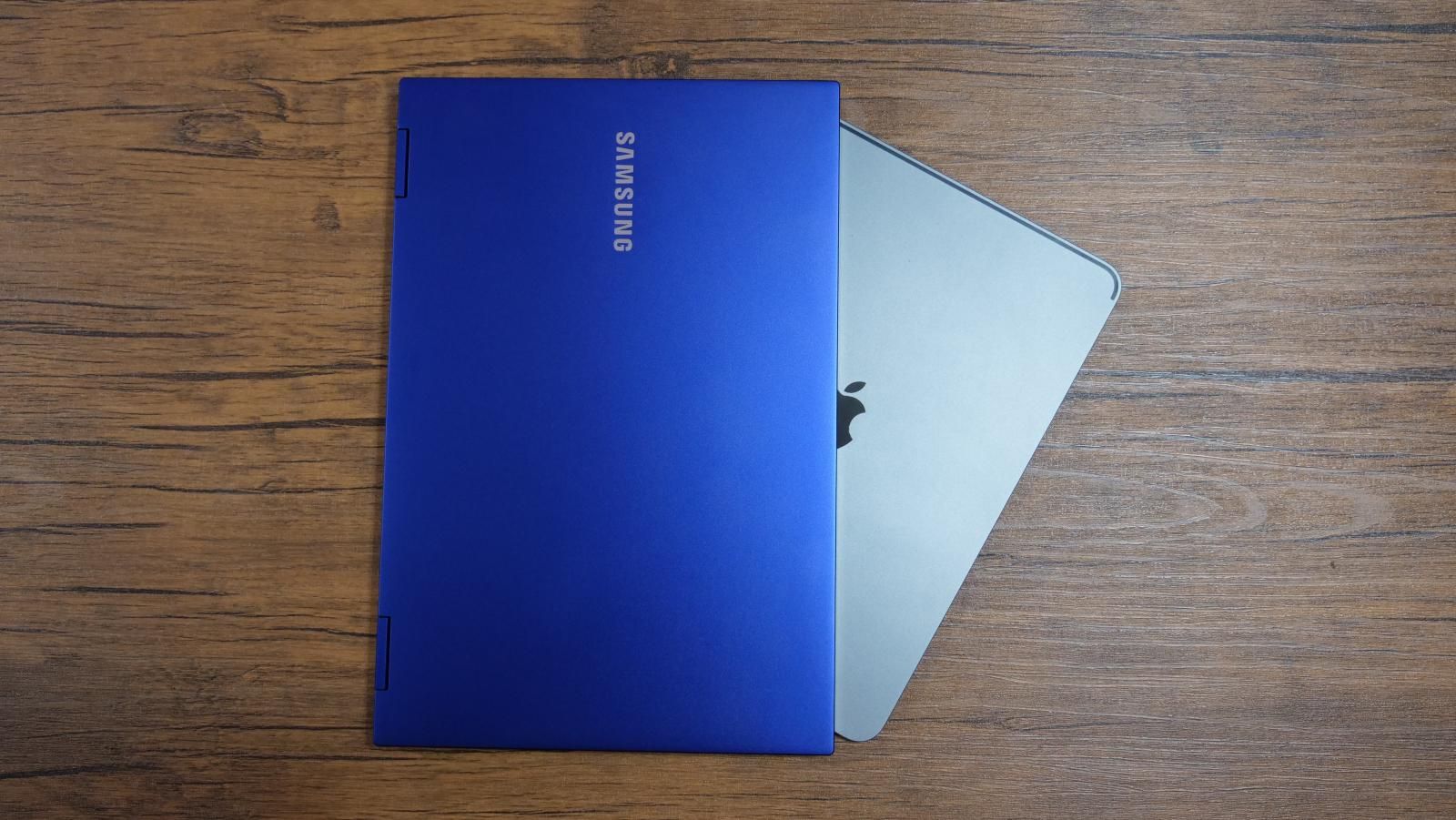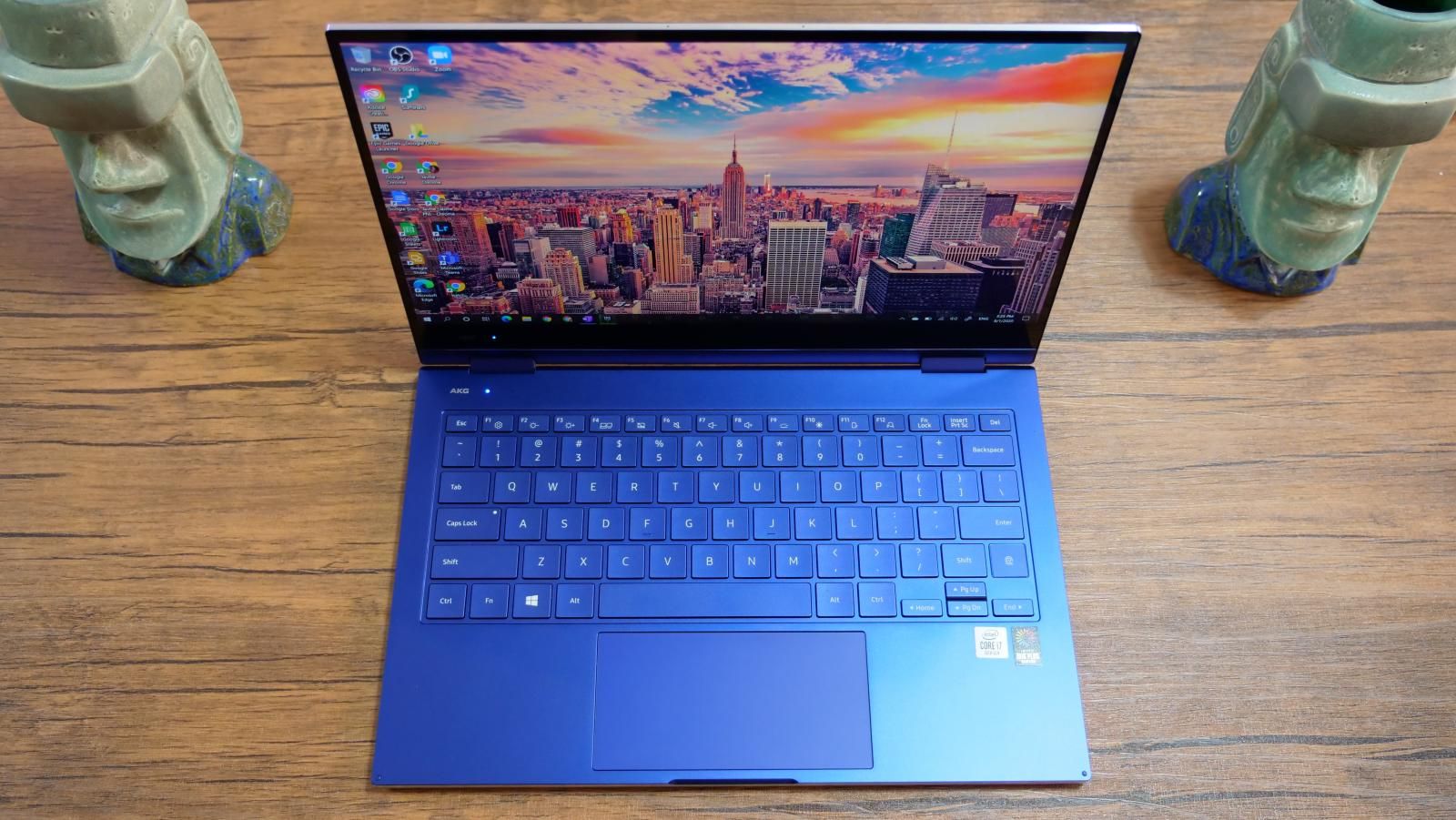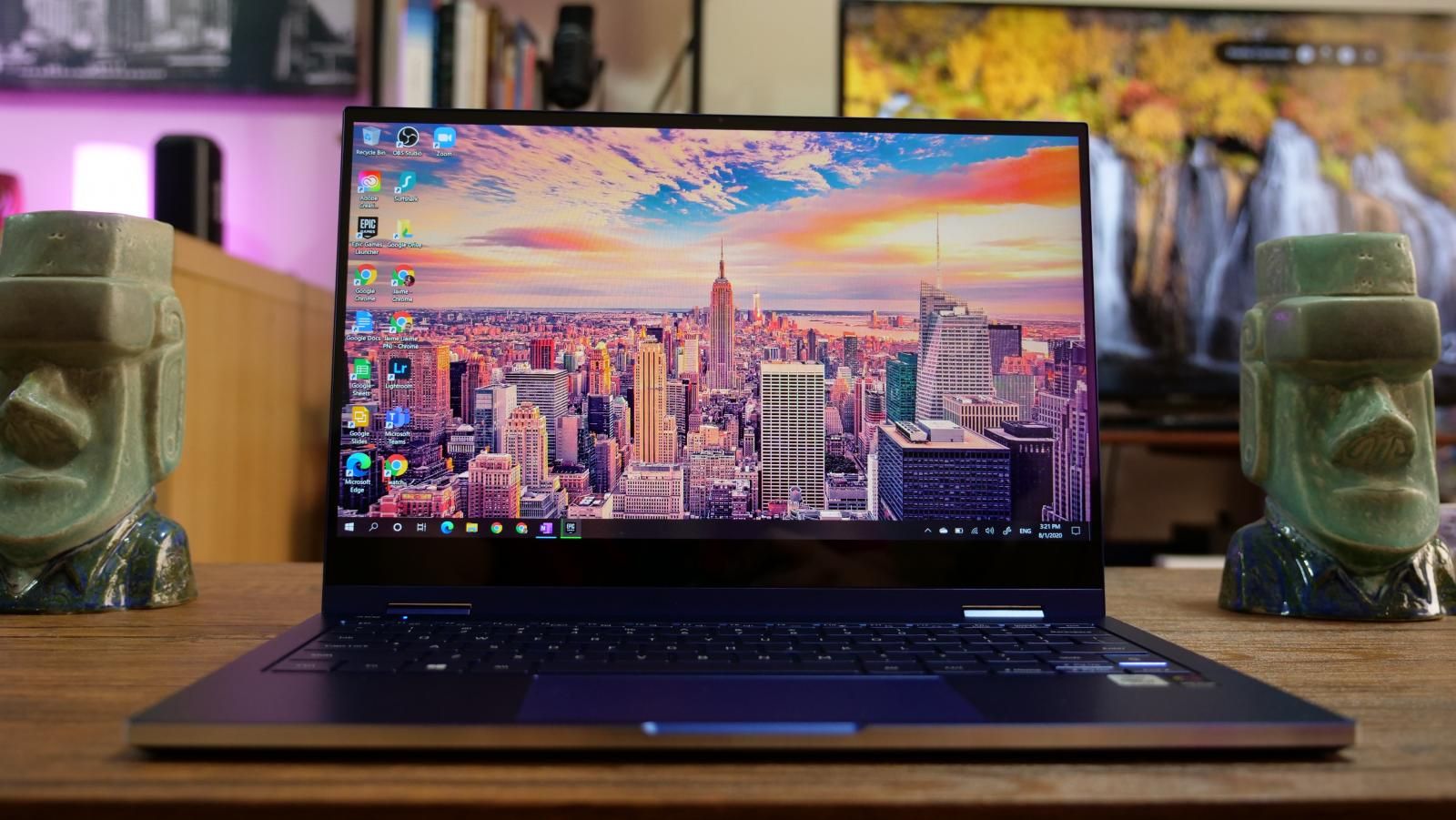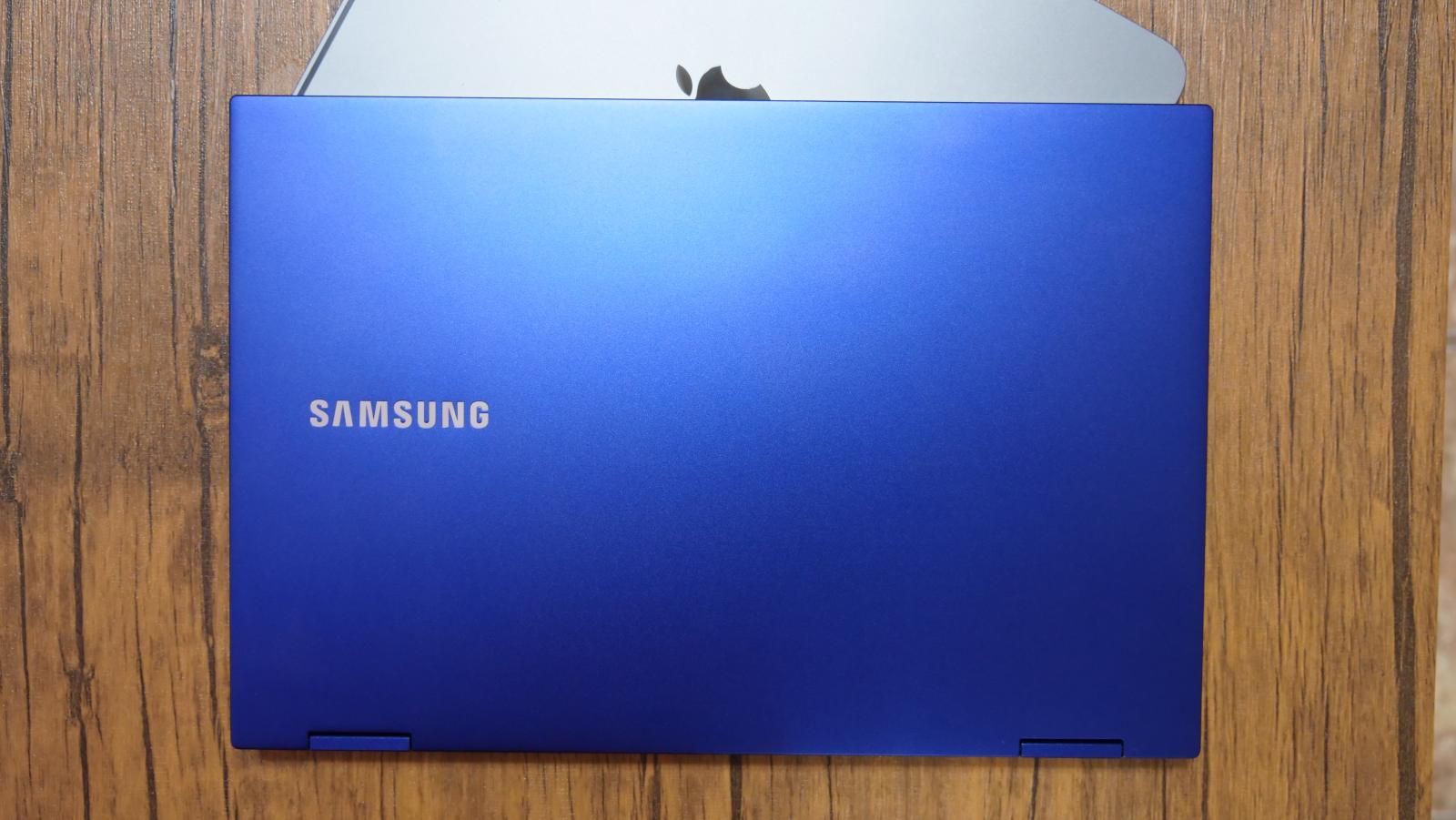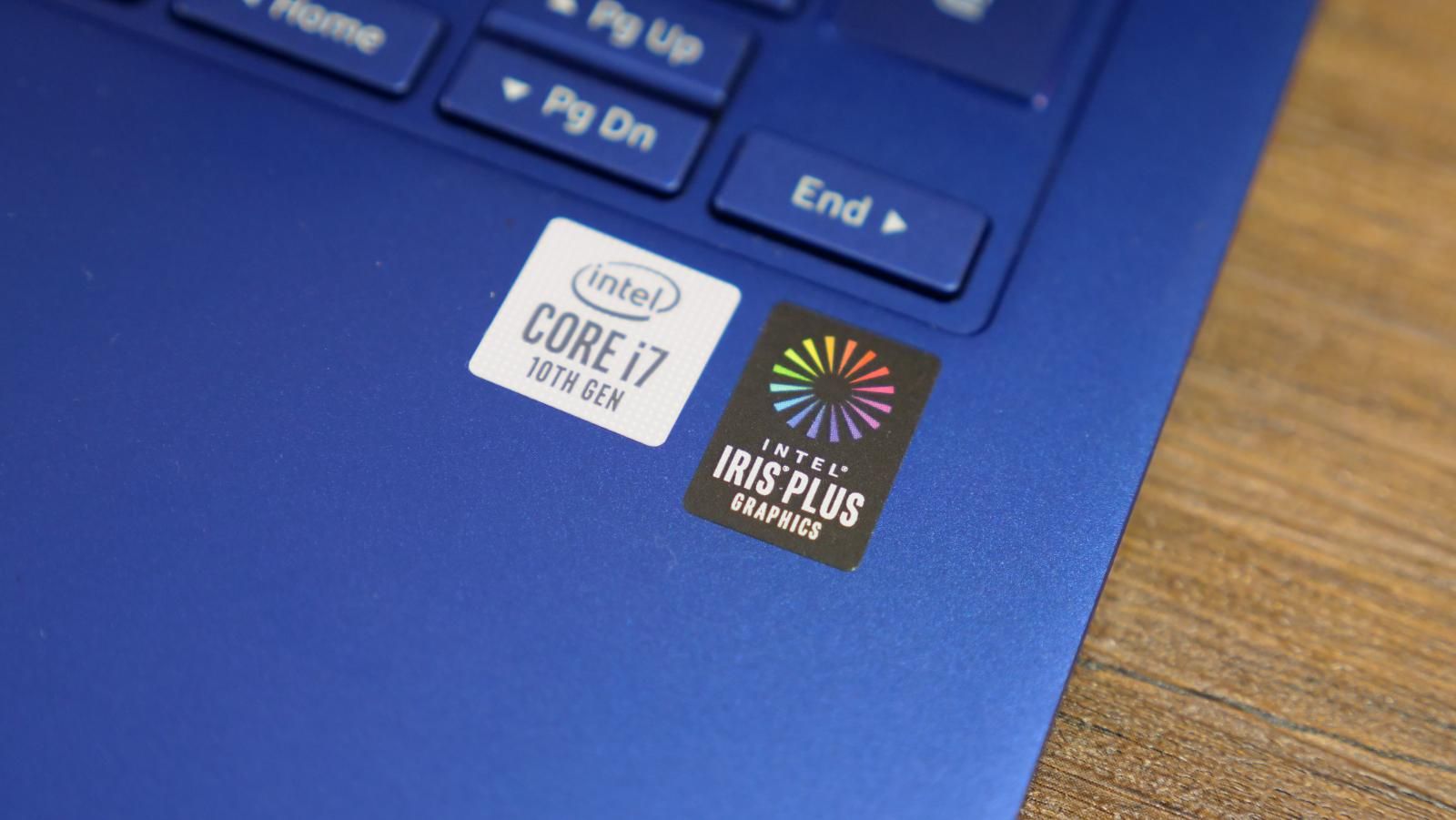I don’t think anyone celebrated the announcement of iPad OS more than I did last year. I’ve been paying top dollar for iPad Pros for years, so the idea of finally having something as simple as a desktop browser or a file manager was all that I thought I needed. The problem is that while the principle is there, meaning Safari does tell websites that it’s a computer and not a phone, the capability is hit or miss because it still behaves like a phone. While we do now have a file explorer, this whole approach to accessing files between apps, or sharing them is this convoluted set of unnecessary steps.
I was hoping that iPad OS 14 would be the solution, but neither of those things was addressed, and just why widgets don’t work on the larger canvas is just ridiculous to me. And I get it, maybe Apple doesn’t want to have its own iPad to compete in certain ways with the Mac, but have you done the math of how much it costs to buy a decent and fully equipped iPad Pro? It’s between 800 to 1000 dollars for the tablet, over 300 dollars for the keyboard, 120 dollars for the pencil. You’re talking 12 to 1500 dollars for a product that still can’t do everything.
And here’s the thing, I’ve spent two years looking a better alternative. A tablet with pro-grade stylus support for some uses, but that could be a full-blown computer without restrictions for others uses where the iPad failed. First I thought the Pixel Slate could solve the problem, but we know that crashed and burned. The Always Connected PC is really close to this ideal, but some app compatibility holds it back. And then while the Surface Pro was good, it’s still not my favorite form factor. I was seriously starting to lose hope until I found something better.
This is the Samsung Galaxy Book Flex, what the company dubs as QLED brilliance in a powerful 2-in-1, and yeah, there’s actually a broader story as to why this product matters. Thing is Josh’s review from a few months ago left me convinced that this was the product I was looking for, and after a few weeks of use, there’s a lot to say.
Now to clarify, my use of the iPad Pro wasn’t really about the product. Actually what I really need is a seamless combination between a tablet, a precise stylus, and Microsoft OneNote. This allows it to become the digital notepad that I bring to meetings for notes, that helps me prepare my shot list, and then helps me get it done as I highlight its completion.
The reason why I’ve been looking for a replacement is that it’s not really a good laptop, even with the keyboard case. It enabled my work process in ways a regular computer couldn’t, but going back to college reminded me of just how limited iPads are. Yeah, I know, COVID-19 made me do some positive things. But see, the problem is that my entire college platform is just not supported by the browser, which means that no matter how versatile Apple wants to tell you this product is, I still can’t recommend it as a full computer replacement.
For such a steep price you simply can’t rely on a product that’s hit or miss, so let me start this video telling you the reasons why I switched.
The first is this new design language. Usually, laptops have these huge palm rests and tall displays, and for some reason, Samsung decided to move things around in order to provide the same experience on a smaller footprint. This is actually a wider-than-average 2-in-1 that brings the keyboard closer to the center, which gives it this very compact feel. Regardless, it still manages to include a full-size keyboard that’s very smooth to the touch, and we have a wider than average trackpad to match, which I’ve found to be very precise. I don’t know about you, but I’m also a fan of this midnight blue color with chromed edges. It makes you stand out in a sea of gray or black computers.
The second is that this is not a watered-down computer. This is actually Samsung’s top of the line powered by an Intel 10th Generation Core i7, and in the US you have the option for 8 or 12 gigs of RAM depending on size configuration and 512 Gigs of storage. You also get Wi-Fi 6, Bluetooth 5, microSD storage expansion, a headphone jack and USB-C on one side, and then two Thunderbolt 3 ports on the other in case you want to go hard on gaming with an eGPU.
The third is the approach to the display. If you watched my review of the Samsung Q90R, I’m a huge fan of QLED, and this would be the first time we see it reach a laptop. Quantum Dot technology allows for some of the most vibrant colors I’ve seen, great viewing angles, some really good brightness which you can even boost outdoors with the push of a button. The top and side bezels are nearly nonexistent on this 13-inch panel, and I’ll forgive the 720p resolution on the webcam just because they crammed it where it’s supposed to be somehow. Yeah, I agree a bit more resolution than 1080p would’ve been great, though the display technology makes it really hard to notice, and you’re right, the bottom chin was a missed opportunity for a taller screen. That said, I’m one of the weirdos that prefers a 16:9 aspect ratio for side by side productivity.
Fourth is something I’ve wanted for years. The display includes a WACOM digitizer, and that little extra block on the right side of the computer is the same exact S Pen you get on the Galaxy Note, meaning the silo design charges it while tucked in and also spares you the need to worry about magnets or having it fall off. But then the gravy on top is that this is not just another computer with a stylus, Samsung baked its Galaxy Note software in such a way that this is literally a Galaxy Note on a larger canvas. Extract the Pen to be greeted by the company’s Air Menu at the right, Control your computer with Air Gestures for when you want to give a presentation remotely, and then the full list of Galaxy Note apps is all here if that’s your thing.
For me, it’s the fact that Samsung and Microsoft have been collaborating on Microsoft Office support for years on the Galaxy Note. Sure being able to doodle on your spreadsheet is not new, but added precision of the S Pen matched with the tighter integration and the tighter integration with the S Pen leads to a more natural experience. You can fully place the tablet in tent mode or flip it as a tablet all together and use it as a tall or wide notepad, which I’ve been using to turn in my hand-written statistics home works.
The fifth is the resulting performance. Onboard we have Windows 10 Home Edition, so that typical quick boot and speedy performance to launch and move around apps are here. This is a U Series chip, so you get top of the line clock speeds, and keep in mind that these 10th generation processors got a significant boost in integrated Iris Plus graphics. This means you can run Fortnite at 1080p and do some video editing with what’s onboard, or connect an optional eGPU through Thunderbolt to do some heavier lifting. Yes, there is a very subtle fan for cooling given the added power, but that’ll mostly be off unless you tax it. It’s the same experience I noticed with Battery life. Samsung advertises up to 20 hours of endurance which we know that no company actually achieves. My daily usage gave me more of an 8 to 10-hour average, but I’m one of those people that depend on Chrome. Rule of thumb is if you need it to last longer, switch Chrome off and notice the fans switch off with it.
Sixth is the topic of the ecosystem. In all fairness, you just gotta hand it to Apple for how well they blend their products, while most competitors still struggle to make their phones and computers talk to each other. Samsung by contrast takes the ecosystem idea further. The trackpad is actually a Qi wireless charger for any product that supports it. DeX comes pre-installed in case you want to fully control your Galaxy Phone, and you can use the Your Phone app to control others as well. You can then bring your phone’s gallery or sync your Samsung Notes through your Samsung Account, which comes very handy especially if you use a Galaxy Note.
But alright, you guys know me all too well, and handwriting love letters is not my thing. There is a lot to like about this product, and then a few things I’m mixed about.
I already mentioned the display resolution and the bottom bezel, but then there’s also the hinge, which is probably one of my favorite design aspects as it’s really smooth to prop this computer in whatever position you want. The problem is that if you’re in a windy situation the screen will tend to wobble a bit in laptop mode, and then if you place it in tablet mode, I wish it had magnets to create a tighter seal between the bottom and the top, even if that’s a bit of nitpicking.
The second, yes my brother Flossy Carter is right, the speakers are good, but not great. The software includes a ton of ways to tune them, and I could watch a movie in them but they’re not my favorite. That said, try the DAC on this computer, either on the headphone jack or USB-C. The audio quality is so loud and crisp that I can’t go higher than 60% volume. It’s crazy good.
And the last is a couple of stupid nit pics, like the persistent LED indicator which serves no purpose, the fingerprint scanner on the keyboard which is a nice idea, but makes the right shift key smaller and is cumbersome to reach in tablet mode. And also that I wish the function lock wouldn’t control the cursor keys as I do prefer short cuts over function keys, but it switches the arrow keys to become home, page up or page down.
To conclude, notice that there are things I like and there are a few things I’m mixed about, but nothing really that I can’t say I don’t like. I now understand why Josh gave this an Editor’s Choice in his review, which I can totally back in my second impressions. The Samsung Galaxy Book Flex is the Galaxy Note tablet that I always wanted, which also happens to be a Windows 10 computer without compromise.
I even thought that the idea of replacing the iPad Pro with a computer would be added bulk, but do the math of the iPad Pro with that Magic Keyboard in price, weight, and thickness, and let’s just face the facts. There are just too many limitations for the price. And sure, you can argue with me that you can edit videos on an iPad with Luma Fusion, or that you can do some Photoshop with the new app. Which should be fine for amateurs. On full Windows 10, these are not just stripped-down versions of Photoshop or Premiere Pro, which you can then assist for rendering with the modularity of an eGPU over Thunderbolt 3… stuff an iPad just can’t do. If you think of it, the Galaxy Book Flex is like a 13-inch MacBook Pro with iPad Pro capabilities, for the price of just one of the two products.
I do think it’s time it’s finally time to switch. And listen, no hate on the iPad Pro, it’s still a good product, but these are sadly just powerful tablets on paper if the operating system does not do more than just iPad things. In their current state, I do think Apple needs to tune down the name Pro if it only caters to artists, musicians, and designers. The Galaxy Book Flex on the other hand is able to serve all kinds of Pros, and even in the best economy, people can’t just buy a laptop and a tablet. It’s one of the main reasons why this has quickly become one of my favorite products of 2020.
What about you? What are your thoughts on the Samsung Galaxy Book Flex?

